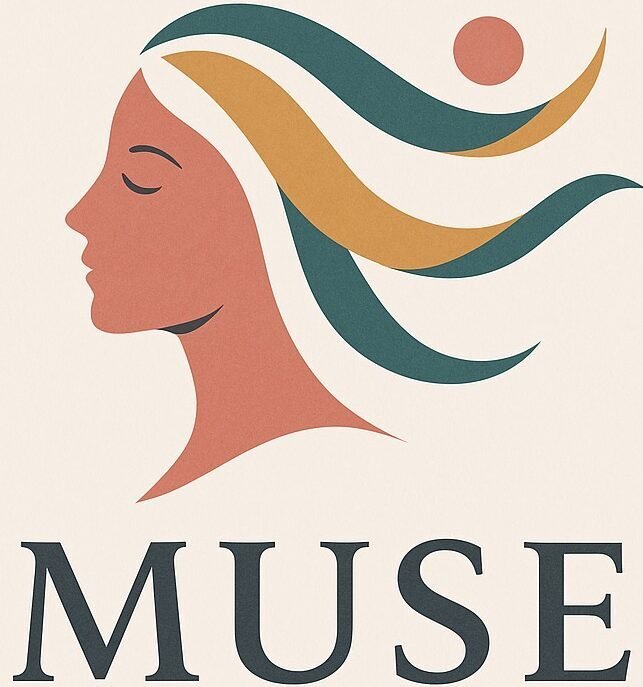When most people think about leadership, they think about technical skills, intelligence, or years of experience. But according to Daniel Goleman’s groundbreaking work, the factor that separates star performers from their peers isn’t IQ or technical ability—it’s emotional intelligence (EQ).
EQ accounts for nearly 90% of the difference between high performers and average ones. It’s not about knowing more—it’s about knowing yourself, managing your emotions, and navigating the emotions of others.
Linda Cureton’s leadership story highlights how self-awareness and emotional intelligence can transform even the toughest conflicts into long-lasting cooperation.
Challenge 1: Recognizing the Limits of IQ and Technical Skills
Technical skills and intelligence may get you into the room—but they won’t keep you there. Leadership success requires managing people, not just projects.
Why This Matters
Mid-career professionals often plateau because they rely on competence alone. But career ceilings aren’t broken by technical mastery—they’re shattered by influence, communication, and emotional intelligence.
The Reframe
- IQ Gets You In. EQ Keeps You In. Skills open the door; emotional intelligence sustains growth.
- Leadership Is Relational. People follow leaders they trust, not just leaders who are smart.
- EQ Is Learnable. Self-awareness, self-regulation, empathy, and relationship management can all be developed.
Pro Tip: Being technically brilliant without EQ is like owning a sports car without a steering wheel—you won’t get far.
Challenge 2: When Conflict Hijacks Leadership
Cureton recalls being a new leader with multiple division chiefs—all men. Two of them clashed constantly. Every weekly meeting devolved into a shouting match, turning strategy sessions into battlegrounds.
Why This Matters
Unresolved conflict drains team energy, undermines credibility, and shifts focus from mission to ego. For leaders, managing conflict effectively is a test of EQ.
The Reframe
- See Beneath the Surface: Recognize that conflict often masks deeper needs—like attention, recognition, or validation.
- Don’t Play Parent: Avoid being pulled into “picking sides.” Instead, focus on resetting the dynamic.
- Disrupt the Pattern: Sometimes breaking the cycle requires an unexpected move to shift behavior.
Key Insight: Conflict doesn’t disappear on its own—it escalates unless leaders intervene with emotional intelligence.
Challenge 3: Self-Awareness in Action
At first, Cureton tried negotiation and calm reasoning. But her instincts told her that these men didn’t want resolution—they wanted her attention and allegiance. Recognizing this dynamic, she tapped into her self-awareness.
Why This Matters
Self-awareness helps leaders recognize not just what others are feeling, but how their own emotions shape the room. Cureton realized that her natural inclination—to play the role of mediator or “mom”—wouldn’t work with these personalities.
The Reframe
- Recognize Emotional Triggers: Notice when your instinctive response won’t serve the situation.
- Choose the Right Role: Sometimes leadership requires being the “dad” who enforces boundaries, not the “mom” who smooths things over.
- Deploy Emotion Strategically: Feigning anger to get their attention was intentional, not reactive.
Lesson Learned: Emotional intelligence isn’t about suppressing emotions—it’s about deploying the right emotion at the right time.
Challenge 4: Resetting the Dynamic
When words failed, Cureton took bold action: she kicked both men out of her meeting. Surprised, they realized that their real goal wasn’t winning arguments—it was being in her presence. The strategy worked. By the next week, they stopped fighting and started reporting on resolutions.
Why This Matters
Leadership influence isn’t just about authority—it’s about setting the tone. Sometimes the best way to resolve conflict is to create consequences that change behavior.
The Reframe
- Use Authority Purposefully: Remove distractions that undermine your leadership space.
- Shift Ownership Back to the Team: Force combatants to resolve issues without dragging leadership into every dispute.
- Reward Positive Change: Highlight when adversaries turn cooperation into progress.
Real Talk: Sometimes the most emotionally intelligent move is also the boldest.
Challenge 5: Lasting Impact Beyond the Moment
Years later, at a retirement party, Cureton learned the true impact of that moment. The two former rivals had built a friendship that lasted nearly a decade—all because of that one decisive, emotionally intelligent move.
Why This Matters
Leadership impact isn’t measured in the moment—it’s measured in the legacy of changed relationships, improved culture, and sustained trust.
The Reframe
- Small Acts Create Ripple Effects: One decision can alter dynamics for years.
- EQ Is Legacy-Building: Emotional intelligence shapes culture far beyond your presence.
- Measure Success in Relationships: Technical wins may fade, but trust and respect endure.
Leadership Hack: Influence is proven not by how many battles you win, but by how many relationships you transform.
Conclusion: EQ as Leadership’s Secret Weapon
Cureton’s story proves what Daniel Goleman argued decades ago: emotional intelligence is what separates good leaders from great ones. Technical skills are necessary, but EQ is what turns conflict into cooperation, resistance into respect, and rivals into allies.
For mid-career professionals navigating the pressures of visibility and career ceilings, the message is clear: building emotional intelligence isn’t optional—it’s your superpower.
Call to Action
This week, pay attention to one conflict or tension in your workplace. Instead of reacting, ask yourself: What’s really driving this behavior? Choose your response strategically. Remember: self-awareness and EQ don’t just solve problems—they build legacies.






